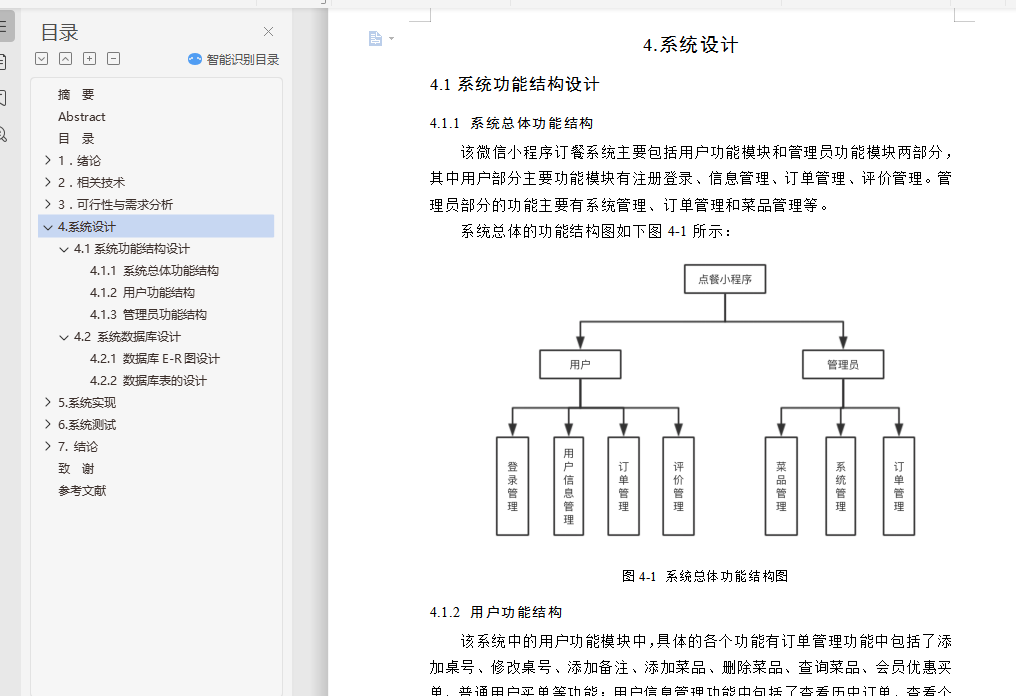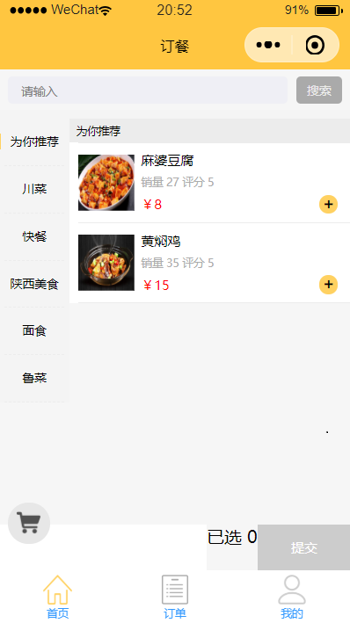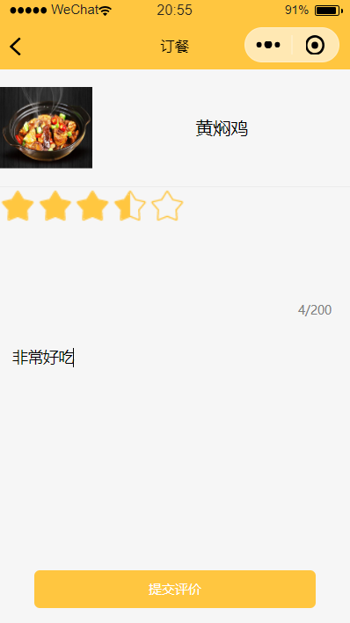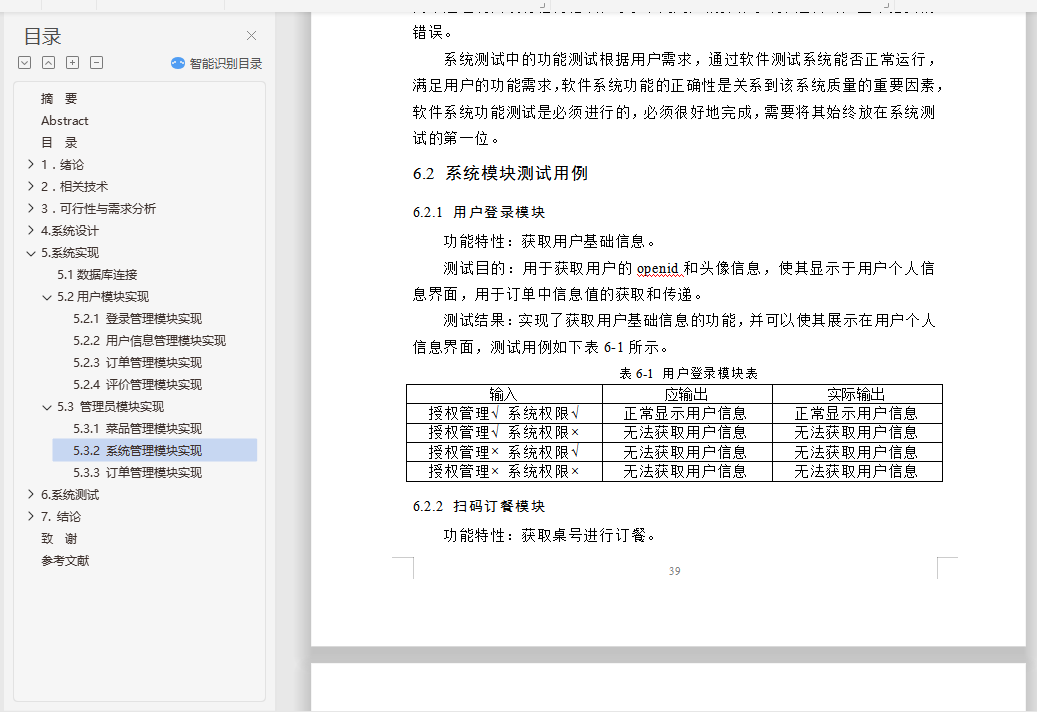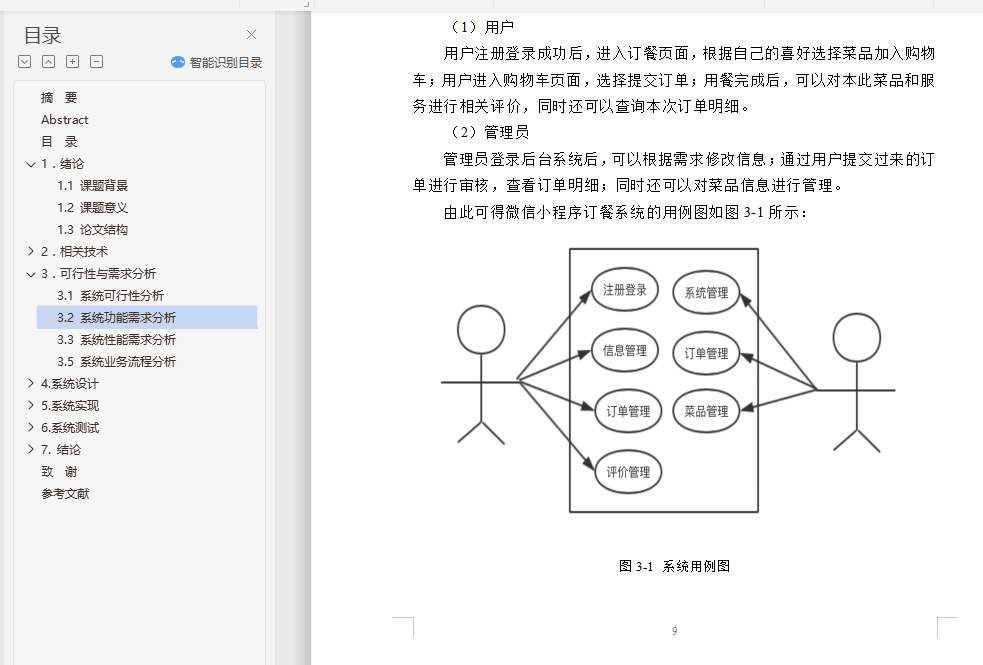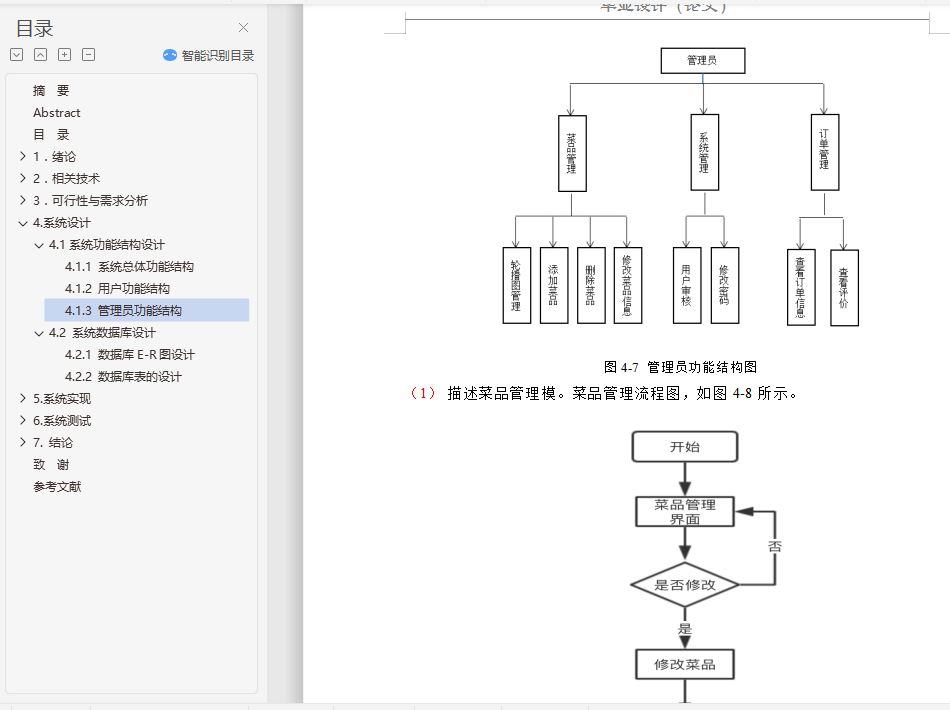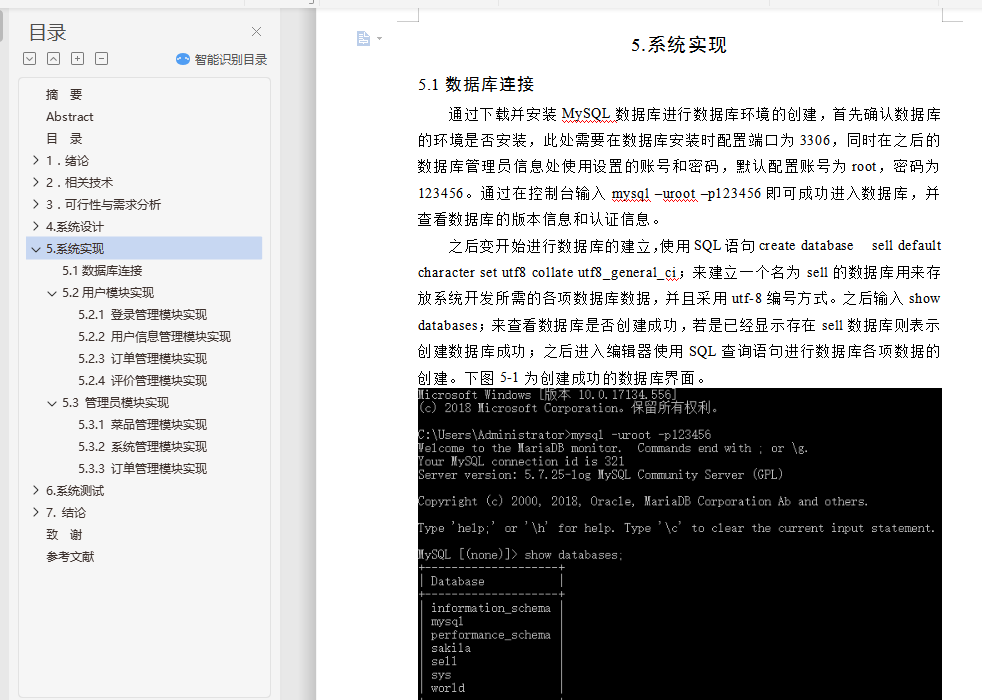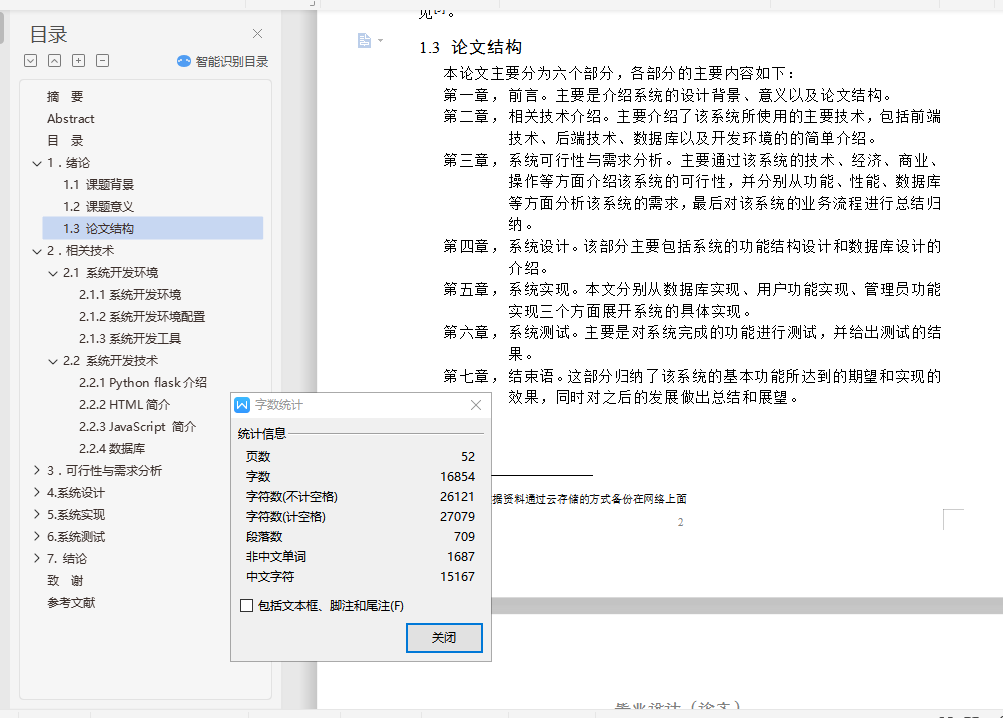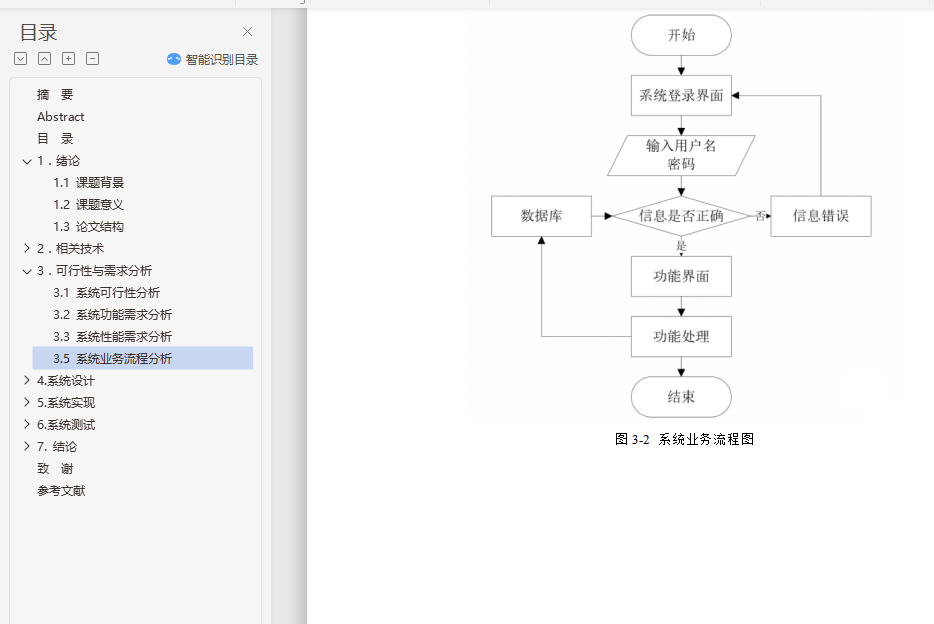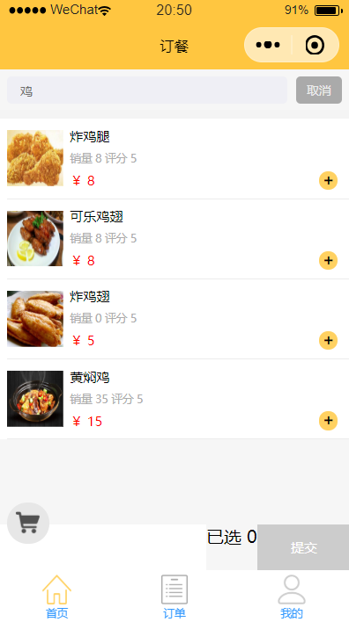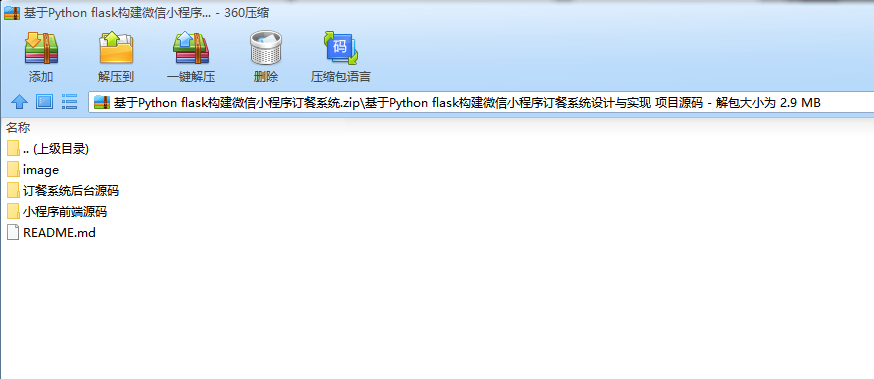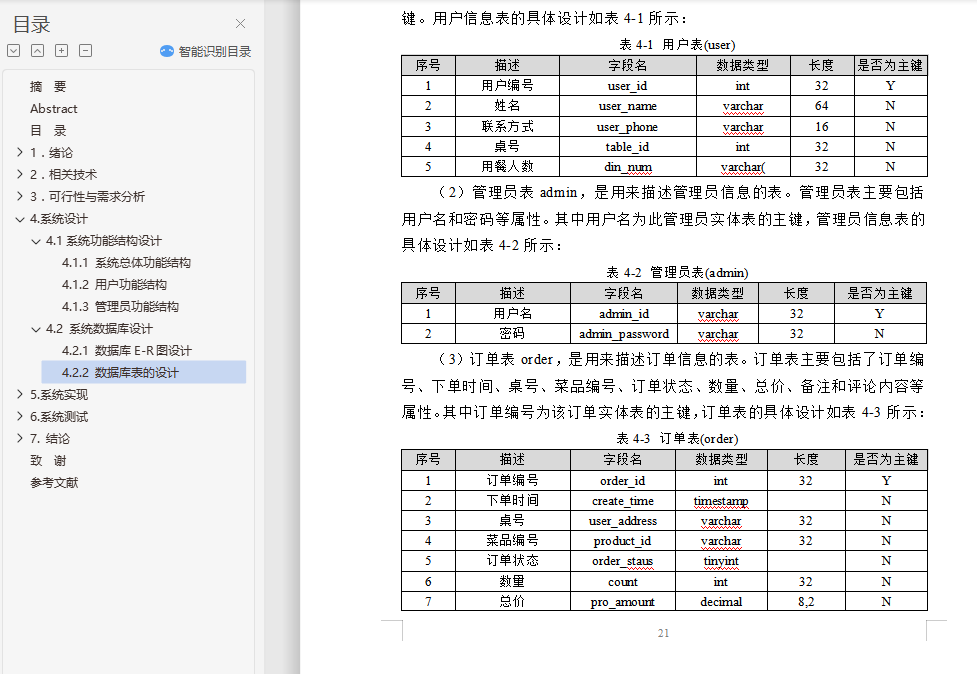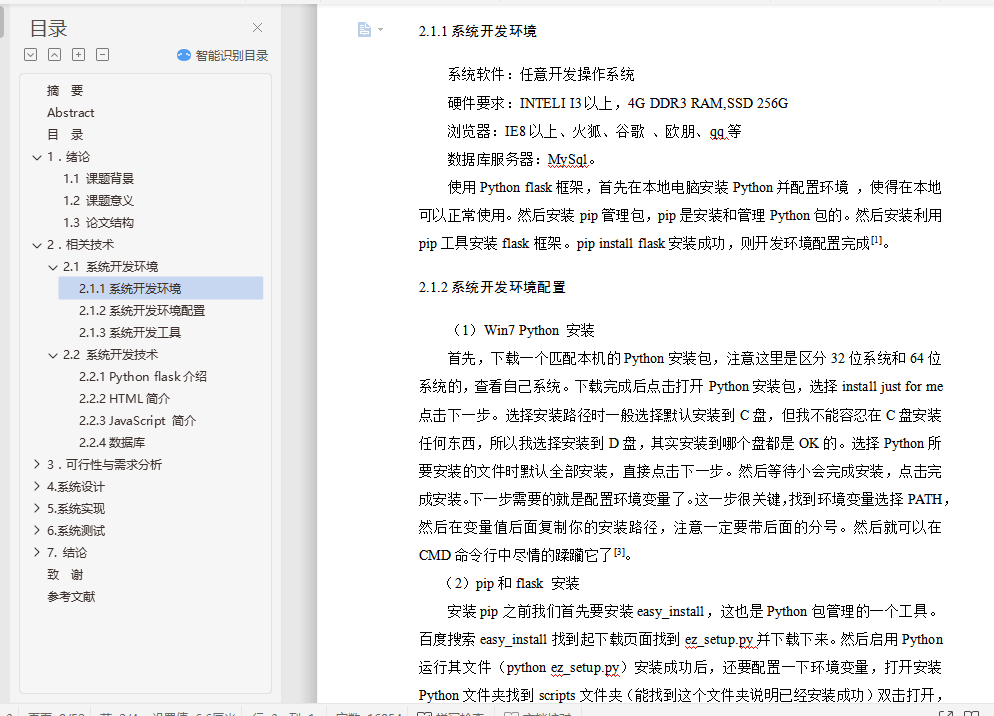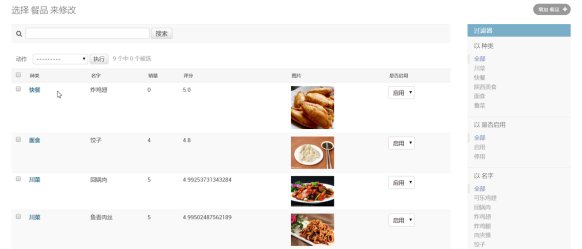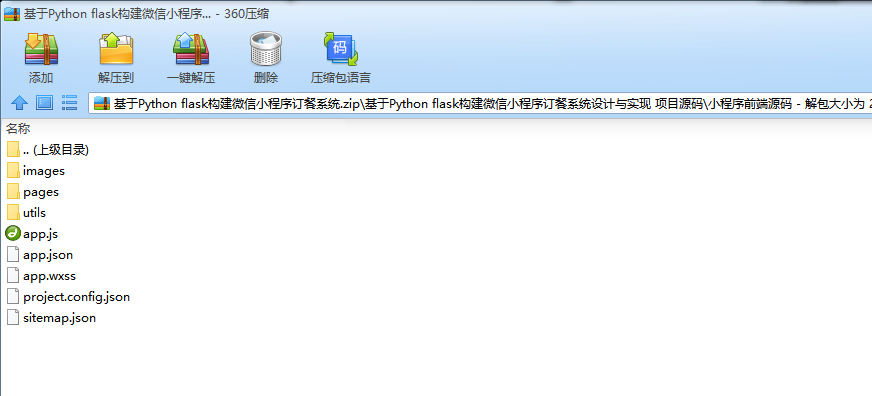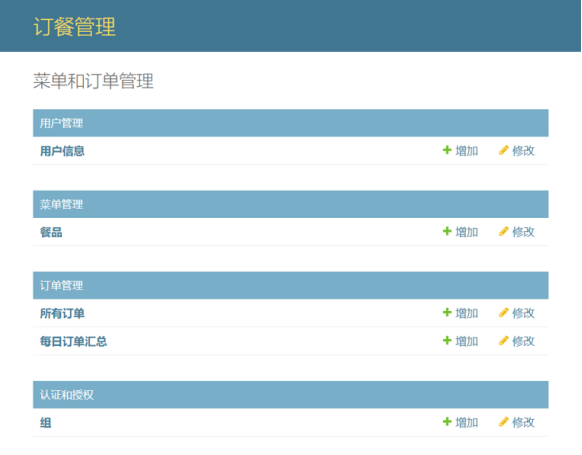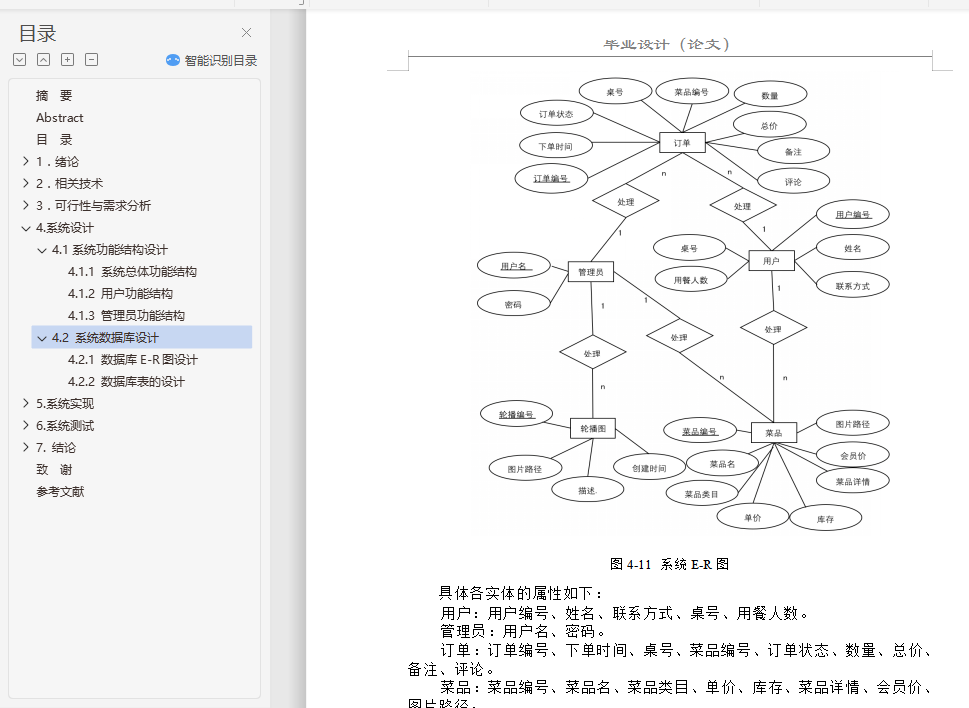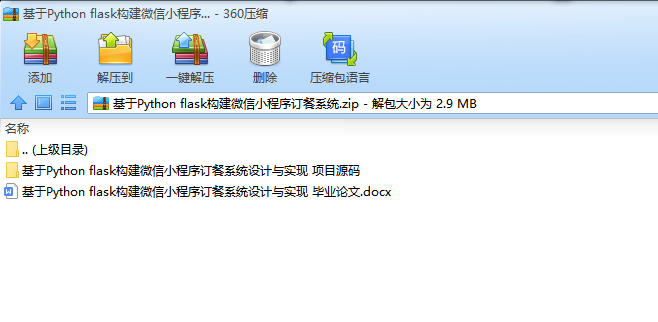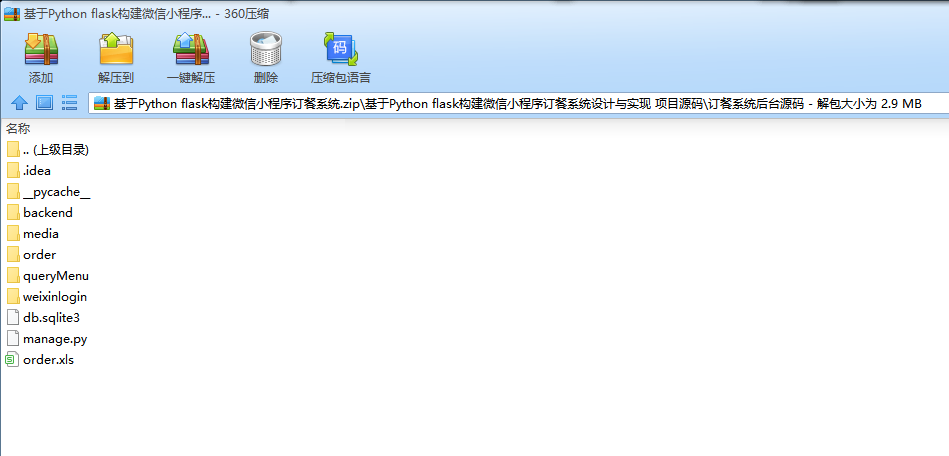摘 要
基于Python flask构建微信小程序订餐系统是利用微信中的小程序功能来实现,自2011年微信诞生以来,微信的使用越来越普遍,尤其最近几年微信旗下的微信小程序因其不占内存,用完即走的特点吸引越来越多用户,使用微信小程序设计的系统也越来越多。本课题利用了发展至今逐渐趋于成熟的小程序来满足顾客的需求,优化了传统人工订餐的流程,使得用户可以通过微信小程序进行下单,商家接收到订单信息后,可以对用户提供相关服务。
本系统主要使用了微信小程序制作前端,后台利用MySQL数据库来保存订餐所需的相关数据,实现了小程序订餐的基本功能。本系统主要包括两个模块,用户可以查看菜品,进行店内订餐工作,并可对菜品进行评价;商家则对店内菜品进行管理以及对用户的订单进行处理等操作;并且可以在云开发中进行系统版本更迭和备份。通过系统开发与测试,本系统基本已经达到了软件本身所设计的目标。
关键词:Python;flask框架;微信小程序;订餐系统;MySQL
Abstract
Building a WeChat Mini Program ordering system based on Python flask is based on the Mini Programs function in WeChat. Since the birth of WeChat in 2011,the use of WeChat has become more and more common,especially in recent years,the WeChat Mini Program owned by WeChat is not in memory,the characteristics of running out attract more and more users,and the system of using WeChat Mini Program design is more and more. This paper makes use of the gradually mature Mini Programs to meet the needs of customers,and optimizes the traditional manual ordering process,which enables users to place orders through WeChat Mini Program.
This system mainly uses the WeChat Mini Program to make the front end,and the background uses the MySQL database to save the relevant data needed to order meals,and realizes the basic function of the Mini Programs ordering. This system mainly includes two modules,the user can view the dishes,carry on the in-store ordering work,and can evaluate the dishes;the merchant can manage the in-store dishes and process the orders of the users,and can carry on the system version change and backup in the cloud development. Through the system development and testing,the system has basically achieved the goal of the software itself.
Keywords: Python;flask framework;WeChat Mini Program;ordering system;MySQL
目 录
摘 要 I
Abstract II
目 录 III
1.绪论 1
1.1 课题背景 1
1.2 课题意义 1
1.3 论文结构 2
2.相关技术 3
2.1 系统开发环境 3
2.1.1系统开发环境 3
2.1.2系统开发环境配置 3
2.1.3系统开发工具 4
2.2 系统开发技术 5
2.2.1 Python flask介绍 5
2.2.2 HTML简介 5
2.2.3 JavaScript 简介 5
2.2.4数据库 5
3.可行性与需求分析 8
3.1 系统可行性分析 8
3.2 系统功能需求分析 9
3.3 系统性能需求分析 10
3.5 系统业务流程分析 10
4.系统设计 12
4.1系统功能结构设计 12
4.1.1 系统总体功能结构 12
4.1.2 用户功能结构 12
4.1.3 管理员功能结构 16
4.2 系统数据库设计 19
4.2.1 数据库E-R图设计 19
4.2.2 数据库表的设计 20
5.系统实现 23
5.1数据库连接 23
5.2用户模块实现 24
5.2.1 登录管理模块实现 25
5.2.2 用户信息管理模块实现 26
5.2.3 订单管理模块实现 28
5.2.4 评价管理模块实现 30
5.3 管理员模块实现 32
5.3.1 菜品管理模块实现 32
5.3.2 系统管理模块实现 33
5.3.3 订单管理模块实现 34
6.系统测试 37
6.1系统测试的目的与意义 37
6.2 系统模块测试用例 37
6.2.1 用户登录模块 37
6.2.2 扫码订餐模块 37
6.2.3 购物车模块 38
6.2.4 接单提醒模块 38
6.2.5 菜品新增模块 39
6.2.6 新增菜品类目模块 39
7. 结论 40
7.1 系统功能总结 40
7.2 系统技术总结 41
7.3 系统展望 42
致 谢 43
参考文献 44
